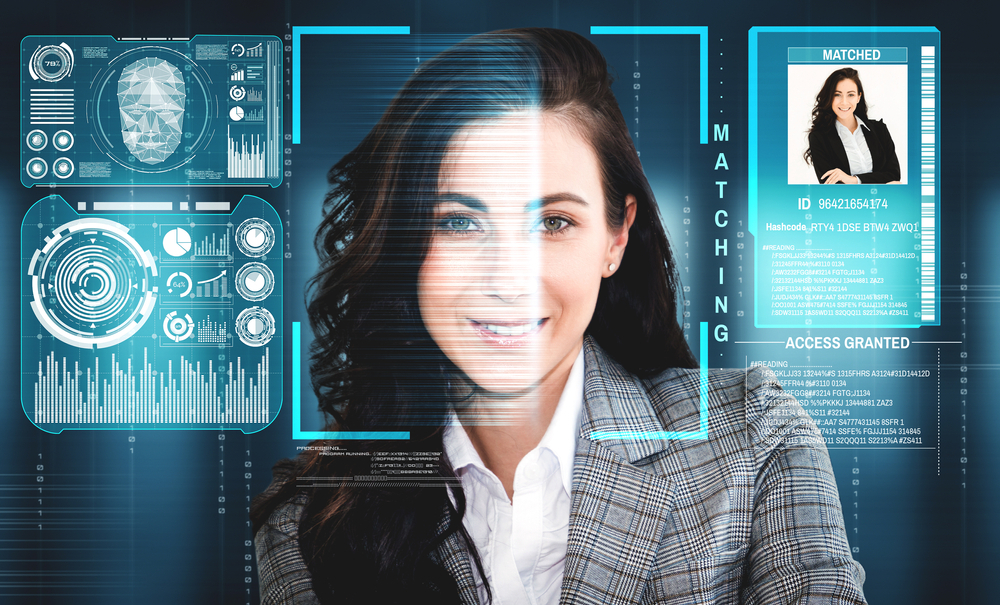How Does A Biometric Attendance System Work
In today’s fast-paced world, time is of the essence, and efficiently managing employee attendance is crucial for any organization. So, today we will talk about the Biometric Machine & how does biometric attendance system work! Traditional paper-based attendance systems are often prone to errors, time-consuming, and susceptible to manipulation. To address these challenges, many businesses have turned to biometric attendance systems, which provide a secure, accurate, and efficient way to track employee attendance. In this article, we will delve into the intricacies of how does biometric attendance system work or how to work biometric attendance system, including their benefits and implementation.
Understand How To Work Biometric Attendance System
How to work biometric attendance system, biometric attendance systems leverage the unique biological or behavioral characteristics of individuals to accurately record their attendance. These systems are designed to overcome the limitations of traditional methods such as manual entry, swipe cards, or PINs, which can be easily forged or shared.
The Primary Components of A Biometric Attendance System Include:
Biometric Scanner: This device captures the biometric data of the individual. Common biometric modalities used in attendance systems include fingerprint, facial recognition, iris scanning, palm geometry, and voice recognition.
Database: The system stores the biometric data of authorized individuals in a secure database. This database is used for comparison when employees attempt to clock in or out.
Software: Specialized software processes the biometric data and verifies it against the stored records. If a match is found, the system records the attendance entry.
Now, Let’s Explore The Working Principles of Some of The Most Widely Used Biometric Attendance Modalities.
1. Fingerprint Recognition
Fingerprint recognition is one of the oldest and most reliable biometric technologies. Here’s how it works:
Enrollment: Initially, employees need to register their fingerprints in the system. During enrollment, multiple characteristics of the fingerprint, such as ridge endings and bifurcations, are captured and converted into a unique digital template.
Authentication: When an employee attempts to record their attendance, the system scans their fingerprint and converts it into a similar template. It then compares this template with the stored templates in the database. If your match is found, then attendance is recorded.
Accuracy: Fingerprint recognition is highly accurate and minimizes the chances of identity fraud or buddy punching (when one employee clocks in for another).
You can see Secureye’s Best Fingerprint Attendance System Machines
2. Facial Recognition
Facial recognition is gaining popularity due to its non-intrusive nature. Here’s how it operates:
Enrollment: Employees’ facial features, such as the distance between eyes, nose shape, and mouth shape, are captured during enrollment. These features are converted into a unique faceprint.
Authentication: When an employee stands in front of the facial recognition scanner, it captures an image of their face and extracts facial features. It then compares these features with the stored faceprints in the database. If there is a match, attendance is recorded.
Accuracy: Facial recognition is convenient but may have lower accuracy in challenging lighting conditions or when employees wear accessories that alter their appearance.
You can see Secureye’s Best Face Biometric Attendance System Machines
3. Iris Scanning
Iris scanning is a highly accurate biometric modality. Here’s how it functions:
Enrollment: During enrollment, the unique patterns in an employee’s iris, including crypts and furrows, are captured and converted into a digital template.
Authentication: To clock in or out, an employee looks into the iris scanner. The scanner captures the iris pattern and compares it to the stored templates in the database. If a match is found, attendance is recorded.
Accuracy: Iris scanning is incredibly accurate and is less affected by external factors like lighting or eyewear.
You can see Secureye’s Best IRIS Recognition Biometrics
Palm Geometry and Voice Recognition
Palm geometry systems analyze the shape and size of an individual’s hand. Voice recognition systems, on the other hand, identify individuals by their unique vocal characteristics. Both modalities work similarly to fingerprint and facial recognition, with an enrollment phase and subsequent authentication.
Benefits of Biometric Attendance Systems
Now that we’ve explored how biometric attendance systems work let’s examine their numerous benefits:
Accuracy: Biometric systems provide a high level of accuracy, reducing the chances of attendance fraud.
Security: Biometric data is unique to each individual, making it difficult for others to impersonate or forge attendance records.
Efficiency: The process is quick and efficient, saving time for both employees and HR personnel.
Elimination of Buddy Punching: Biometric systems prevent employees from clocking in for absent colleagues, saving the company money.
Data Integrity: Attendance data is secure and tamper-proof, ensuring data integrity for payroll and compliance purposes.
Reduced Administrative Costs: Automation reduces the administrative workload associated with manual attendance tracking.
Implementing a Biometric Attendance System
To implement a biometric attendance system effectively, follow these steps:
Assess Needs: Identify the specific attendance tracking needs of your organization and choose the most suitable biometric modality.
Select a System: Research and select a reputable biometric attendance system provider. Consider all factors like- scalability, cost, and customer support.
Installation: Install the biometric devices at strategic locations within your organization.
Enrollment: Enroll all employees in the system by capturing their biometric data.
Integration: Integrate the biometric attendance system with your existing HR or payroll software for seamless data synchronization.
Training: Train employees on how to use the system correctly and assure them of the privacy and security of their biometric data.
Testing: Conduct thorough testing to ensure the system functions accurately and reliably.
Data Management: Implement a data management strategy to secure and back up biometric data.
Compliance: Ensure that your biometric system complies with relevant privacy and data protection regulations, such as GDPR or HIPAA.
Monitoring and Maintenance: Regularly monitor the system’s performance and conduct maintenance as needed to ensure uninterrupted operation.
In conclusion, biometric attendance systems offer a modern, secure, and efficient solution to employee attendance tracking. By understanding how these systems work and following best practices for implementation, organizations can streamline their attendance management processes, enhance accuracy, and improve overall operational efficiency.

